43jenn43
New Member
Hi all, absolute newbie to the aquatic world as of this past April so please bear with me...
I acquired two 3yr old black goldfish and a 4-5yrold angelfish this past April. (I know the tank needs to be larger and promise I will figure that put if they survive!) They have all been thriving as far I could tell until Sunday, 2 days ago, I noticed my smaller goldfish wasn't very active, staying more toward the bottom and slower than usual movements except at feeding time. I checked tank temp °72 per the usual. Nothing else abnormal visually until yesterday afternoon I go to feed them and same fish is at the bottomon its side, not moving except for very labored breaths. And with what at first glance I thought was ich really not so sure how quickly or aggressively ich attacks. The other 2 fish I inspected and both looking and acting fine. I set up a spare 10 gallon for the sick one, put in a few gallons of the community tanks water as that's all I have besides tap. Her gills appear bloody, this white fluffy fungus like stuff is on her now tattered looking fins, around her mouth and eyes. She began swimming a bit again, trying at least, and I eventually did offer her a couple flakes of food which she chomped on but just spat right back out several times. There is only one pet store in my area which was closed yesterday so will be going with a water sample and pics today for help as well and can update this post as well. As for the other two, the Angel fish I noticed had 1 small white spot above an eye as of this morning which was not noticeable yesterday and the other goldfish looks to be developing a bit of the white stuff on its tailfins.
Ok, so I apologize for the long ramble with not a lot of actual info to give! Any advice, tips,suggestions on this are so greatly appreciated, I've grown quite fond of these fish and don't want then to suffer!
I acquired two 3yr old black goldfish and a 4-5yrold angelfish this past April. (I know the tank needs to be larger and promise I will figure that put if they survive!) They have all been thriving as far I could tell until Sunday, 2 days ago, I noticed my smaller goldfish wasn't very active, staying more toward the bottom and slower than usual movements except at feeding time. I checked tank temp °72 per the usual. Nothing else abnormal visually until yesterday afternoon I go to feed them and same fish is at the bottomon its side, not moving except for very labored breaths. And with what at first glance I thought was ich really not so sure how quickly or aggressively ich attacks. The other 2 fish I inspected and both looking and acting fine. I set up a spare 10 gallon for the sick one, put in a few gallons of the community tanks water as that's all I have besides tap. Her gills appear bloody, this white fluffy fungus like stuff is on her now tattered looking fins, around her mouth and eyes. She began swimming a bit again, trying at least, and I eventually did offer her a couple flakes of food which she chomped on but just spat right back out several times. There is only one pet store in my area which was closed yesterday so will be going with a water sample and pics today for help as well and can update this post as well. As for the other two, the Angel fish I noticed had 1 small white spot above an eye as of this morning which was not noticeable yesterday and the other goldfish looks to be developing a bit of the white stuff on its tailfins.
Ok, so I apologize for the long ramble with not a lot of actual info to give! Any advice, tips,suggestions on this are so greatly appreciated, I've grown quite fond of these fish and don't want then to suffer!
Attachments
-
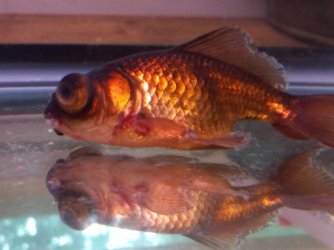 20220726_061014.jpg198.4 KB · Views: 36
20220726_061014.jpg198.4 KB · Views: 36 -
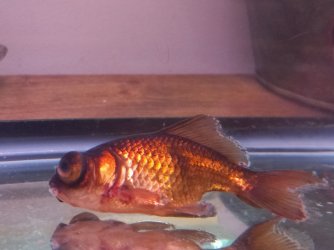 20220726_060946.jpg187.7 KB · Views: 35
20220726_060946.jpg187.7 KB · Views: 35 -
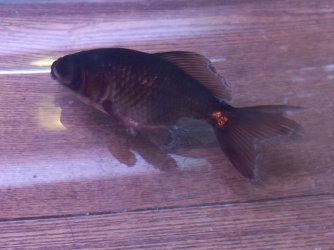 20220726_060925.jpg211.4 KB · Views: 37
20220726_060925.jpg211.4 KB · Views: 37 -
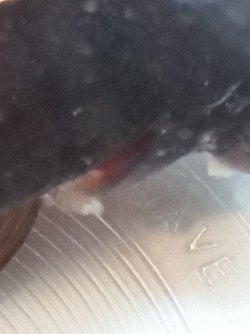 20220725_170801.jpg189 KB · Views: 36
20220725_170801.jpg189 KB · Views: 36 -
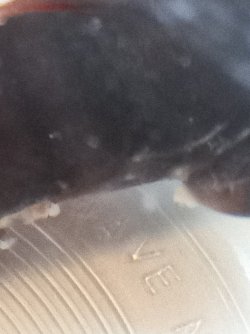 20220725_170753.jpg201.9 KB · Views: 33
20220725_170753.jpg201.9 KB · Views: 33 -
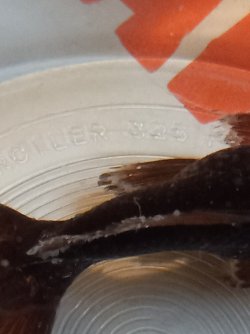 20220725_164821.jpg170.1 KB · Views: 35
20220725_164821.jpg170.1 KB · Views: 35 -
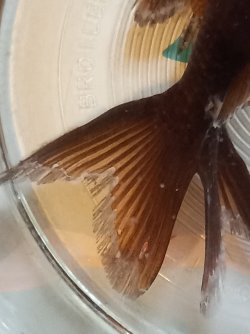 20220725_164800.jpg191.9 KB · Views: 37
20220725_164800.jpg191.9 KB · Views: 37 -
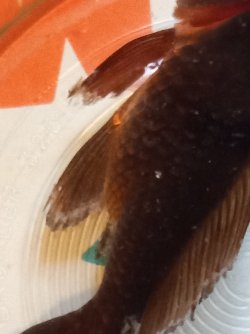 20220725_164756.jpg212.5 KB · Views: 34
20220725_164756.jpg212.5 KB · Views: 34

